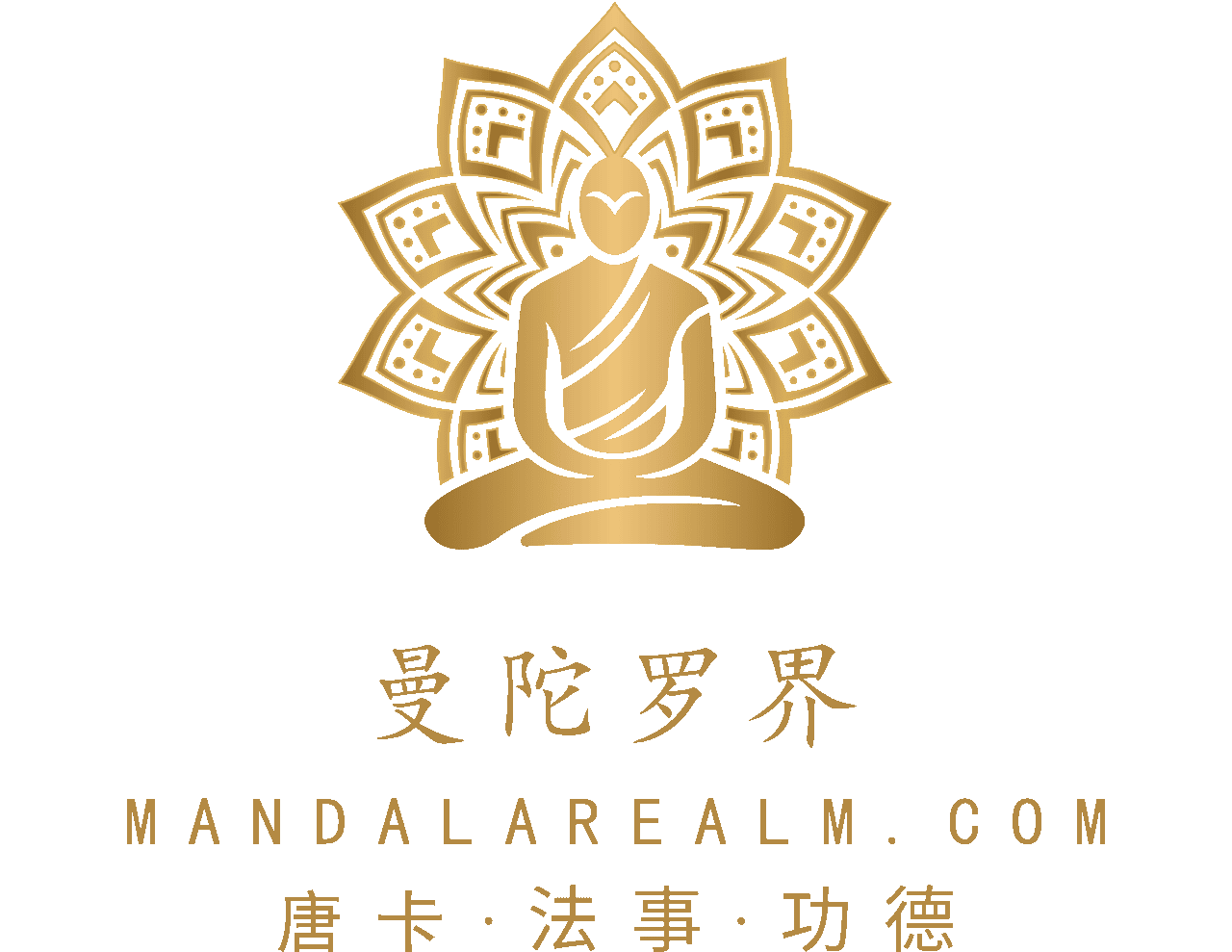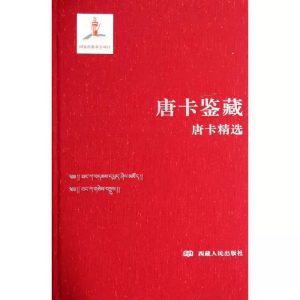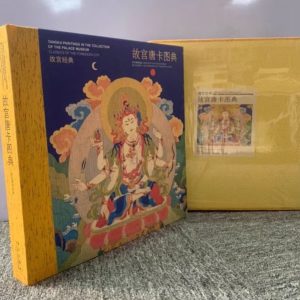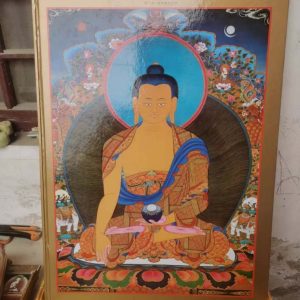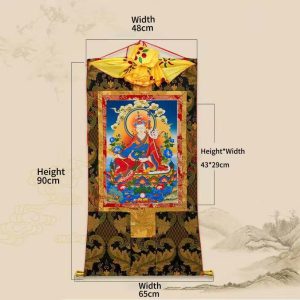Discover Tibetan Thangka Art: The Spiritual Masterpiece Bridging Ancient Wisdom and Modern Life
Explore the Sacred Art of Thangka Painting and Its Transformative Power in Daily Practice
1. What is Thangka? A Portal to Tibetan Buddhist Culture
Thangka, a vibrant scroll painting on cotton or silk, is more than art—it’s a spiritual tool revered in Tibetan Buddhism. Originating over 1,300 years ago, Thangkas were designed as portable shrines for nomadic devotees, depicting deities, mandalas, and teachings. Each stroke adheres to sacred geometry outlined in the Iconographic Measurement Sutra, ensuring divine precision.
Why Thangka Matters Today:
Cultural Heritage: Recognized by UNESCO as Intangible Cultural Heritage, Thangka preserves Tibetan history, medicine, and philosophy.
Meditative Focus: Used for visualization in meditation, Thangkas help practitioners cultivate mindfulness and connect with Buddhist teachings。
2. The Artisan’s Journey: Crafting a Thangka
Creating a Thangka is a spiritual act. Master painters, like Niangben (featured in New York’s Rockefeller exhibition), spend years mastering techniques passed down through generations.
Key Elements of Authentic Thangka:
Natural Pigments: Minerals like lapis lazuli, gold, and cinnabar ensure millennia-lasting colors.
Sacred Rituals: Each Thangka undergoes blessing ceremonies by lamas, infusing it with spiritual energy, akin to Thai amulet consecrations.
Time-Intensive Process: A single piece can take 6–12 months to complete, blending devotion with artistry。
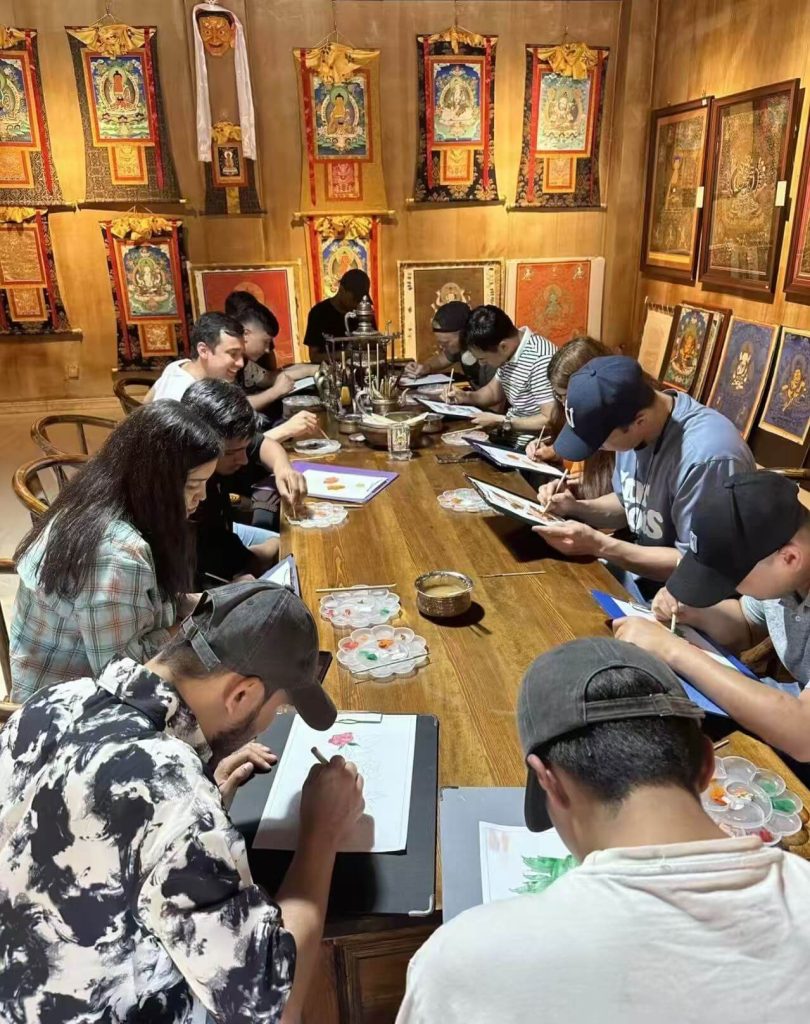
3. Thangka in Modern Life: From Sacred Art to Contemporary Design
Thangka is evolving to resonate globally:
Fashion & Décor: Collaborate with designers for minimalist pendants or mandala-themed scarves, merging tradition with luxury aesthetics.
Digital Innovation: Explore 3D Thangka animations or NFT collections, like the digitized projects from Qinghai’s Rekong Art Center.
Wellness Integration: Display a Medicine Buddha Thangka in your workspace for tranquility, or wear a Manjushri (Wisdom Buddha) pendant for clarity。
4. How to Choose Your Thangka: A Buyer’s Guide
For Collectors & Practitioners:
Authenticity Check: Verify natural mineral pigments (natural pigments) and adherence to “Image Measurement Sutra” proportions.
Purpose-Driven Selection:
Spiritual Practice: Opt for Mandala or Avalokiteshvara Thangkas for meditation.
Investment: Limited-edition works by masters like Xiawu Cairang appreciate 20% annually.
Ethical Sourcing: Support UNESCO-certified workshops in Rebkong (Qinghai) or Gansu’s Thangka Villages。
